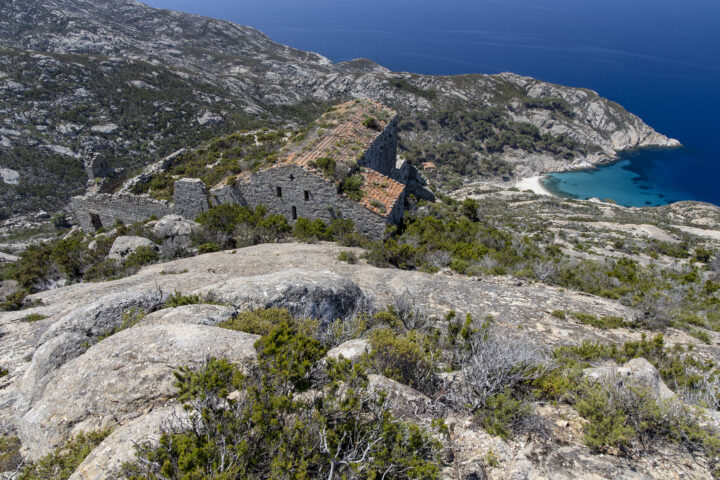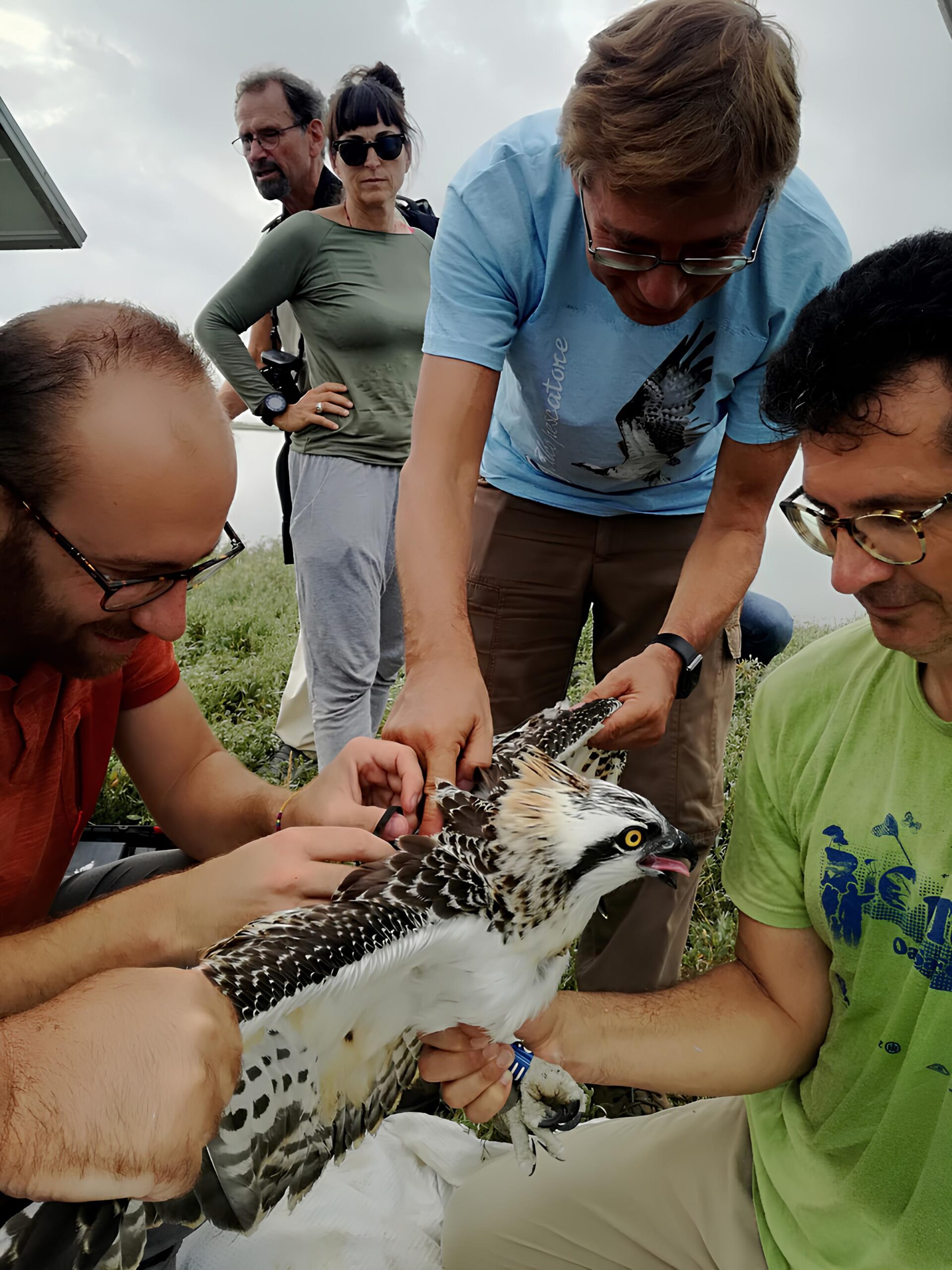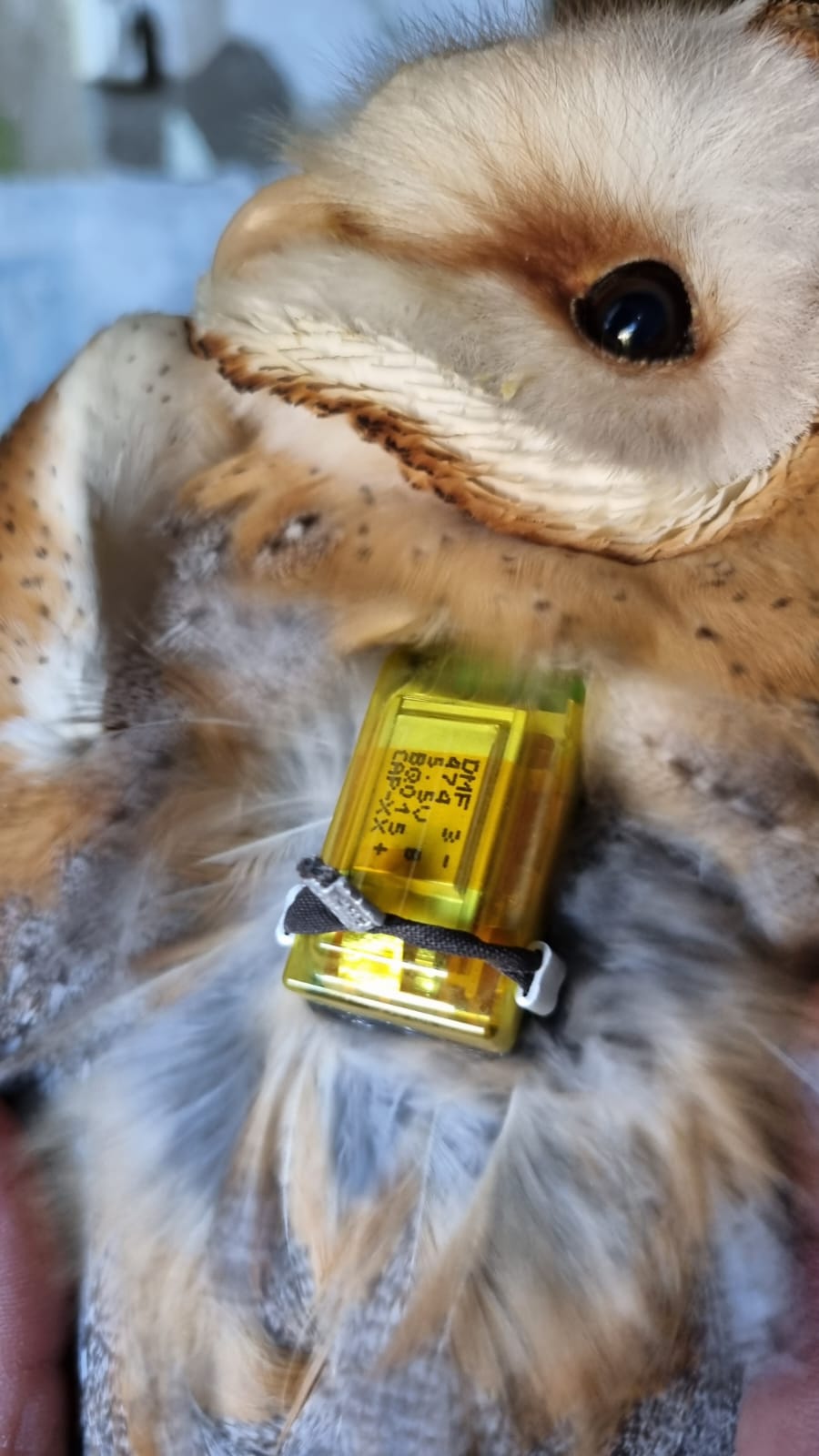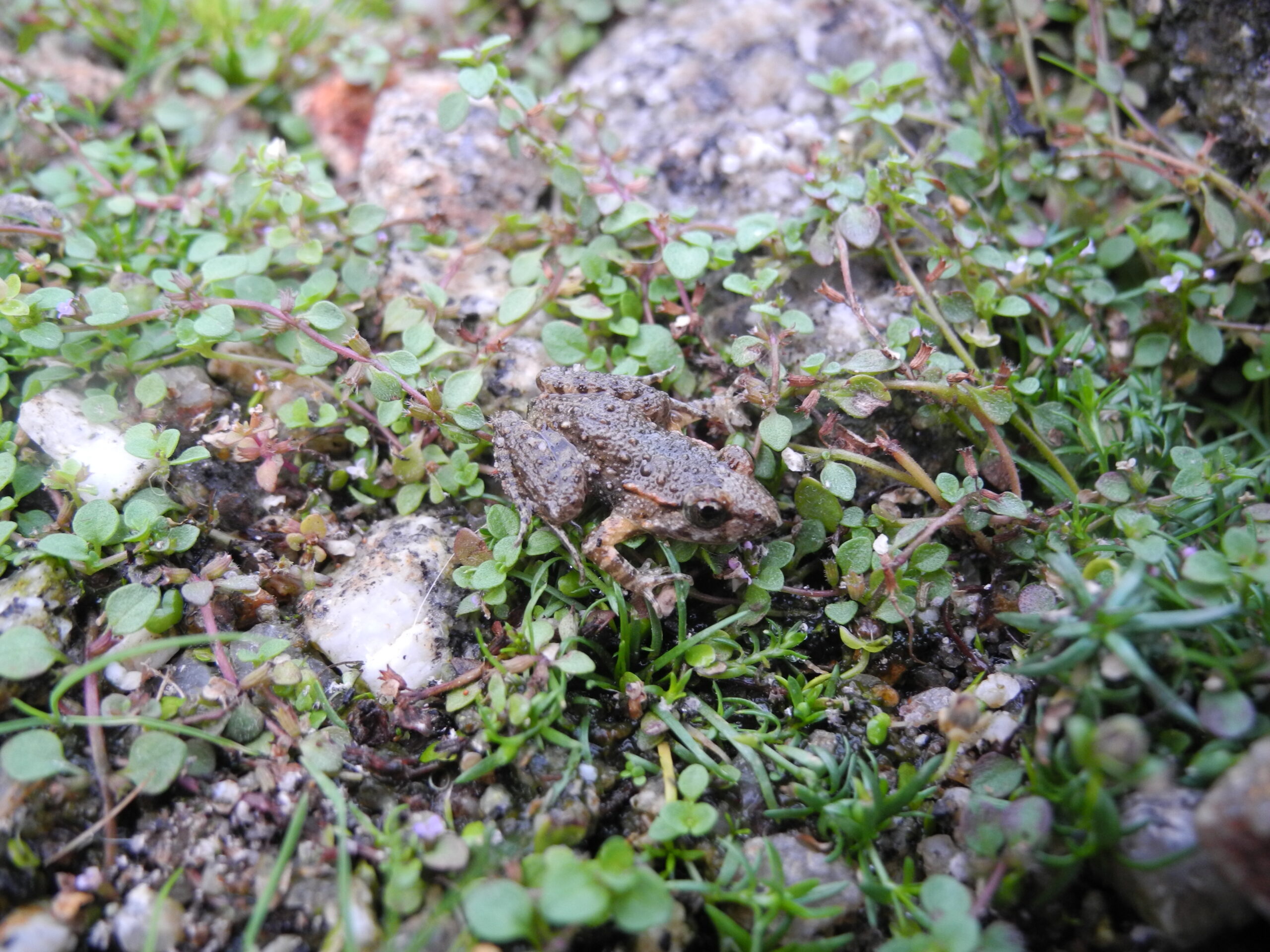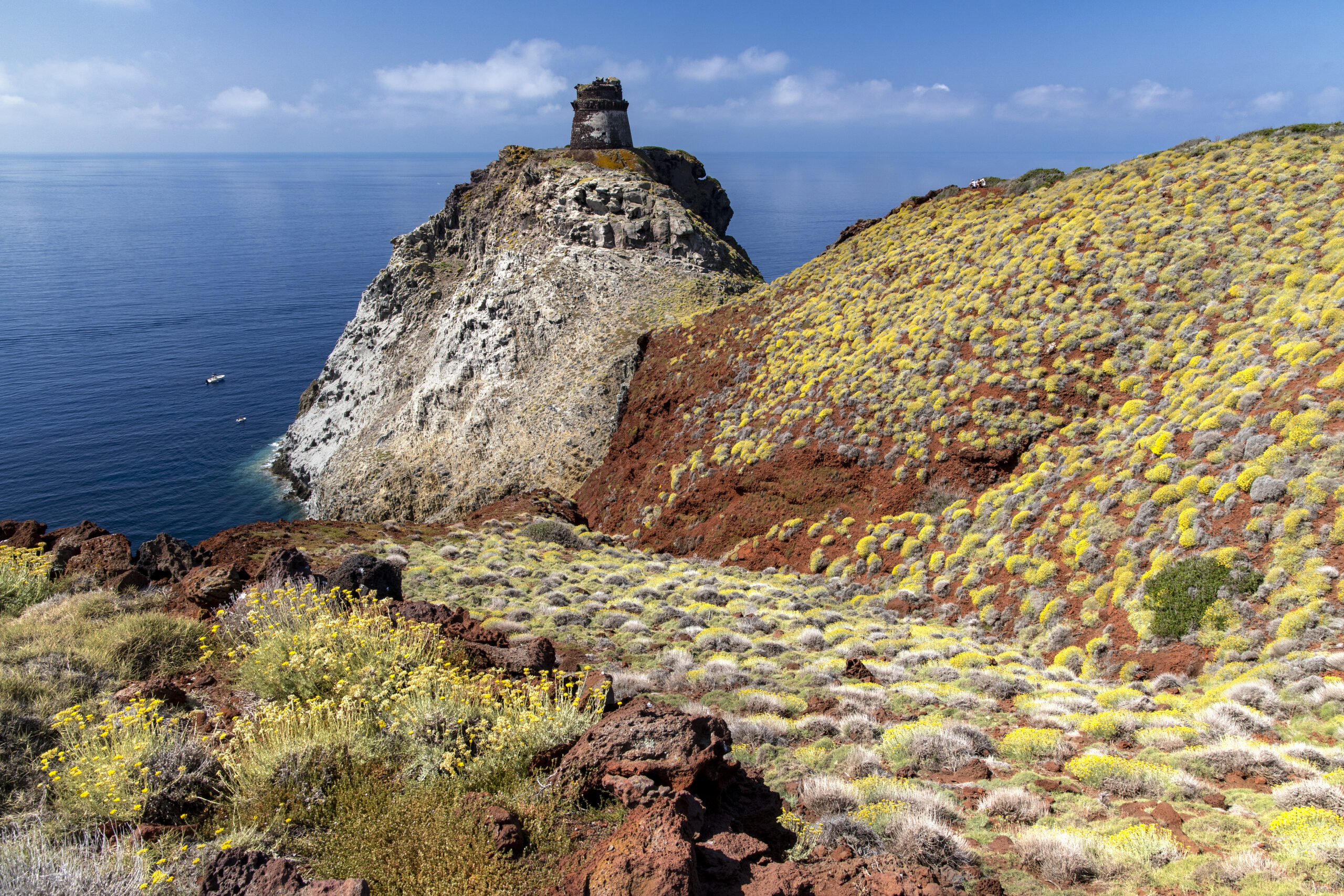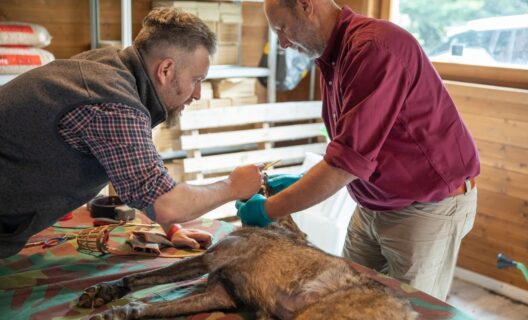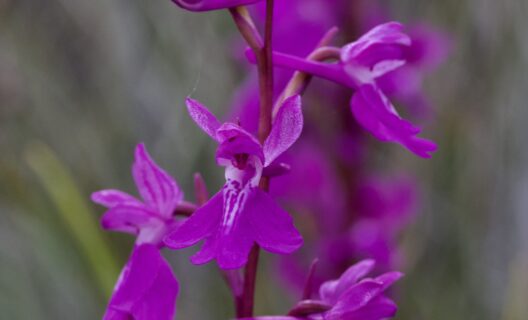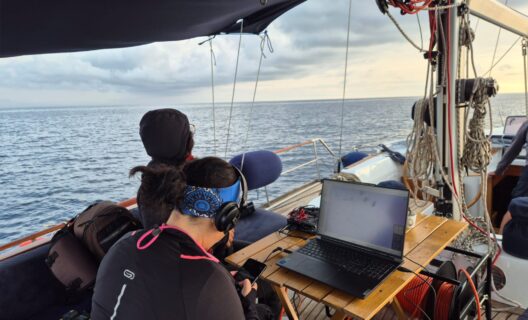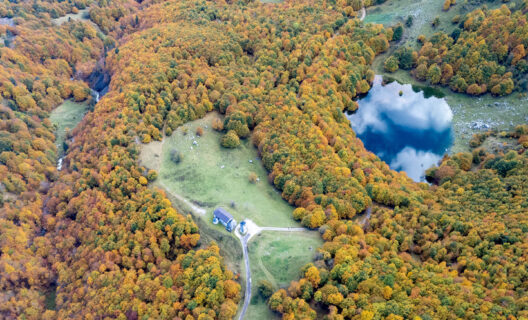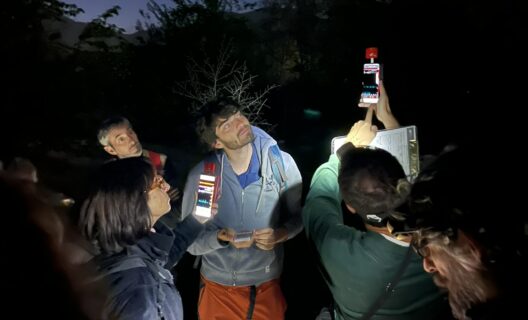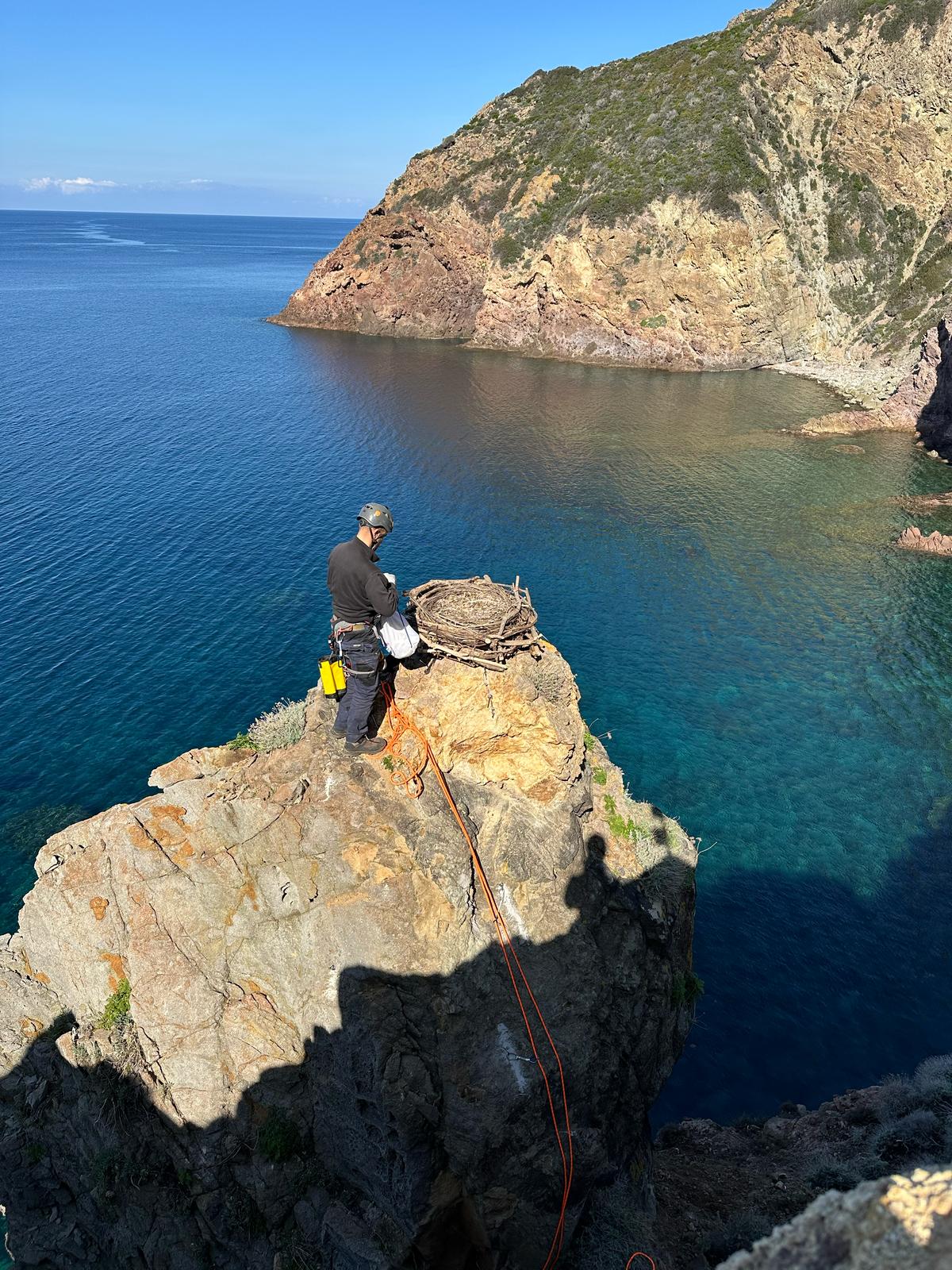
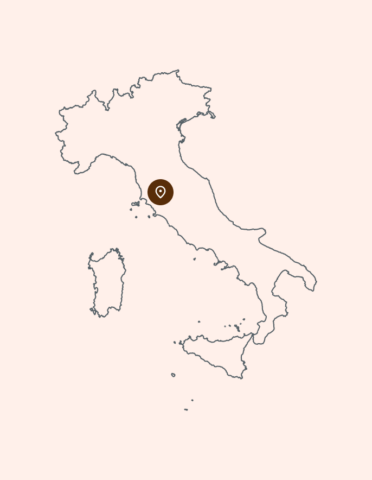
The ISOLE RARE project, an initiative managed by the Tuscan Archipelago National Park, involves a series of monitoring, conservation and awareness actions based on the use of innovative and efficient technologies-such as eDNA, remote sensing and genetics-to optimize costs and results. The project also aims to analyze the effects of climate change through vegetation modeling and analysis, including marine biodiversity monitoring.
Keywords
Goals
- Modeling the effects of climate change on the vegetation of Montecristo Island and some smaller islets.
- Analysis of the effects of climate change on vegetation (LANDSAT data).
- Marine biodiversity monitoring by eDNA metabarcoding.
- Genetic analysis of Sardinian Discoglossus populations on the island of Monte Cristo.
- Restoking interventions of the species Tyto alba (barn owl) in Pianosa.
- Osprey monitoring.
- Bycatch analysis on Procellariformes in Capraia.
- Outfitting of a property at the marina on Capraia Island to be used as the Park’s exhibition space.
- Organization of biobliz.
- Training of park guides or supervisors
Stakeholders involved
- Operators in the fishing world
- Pro Loco
- Park guides
- Diving park guides
- Carabinieri Park Department
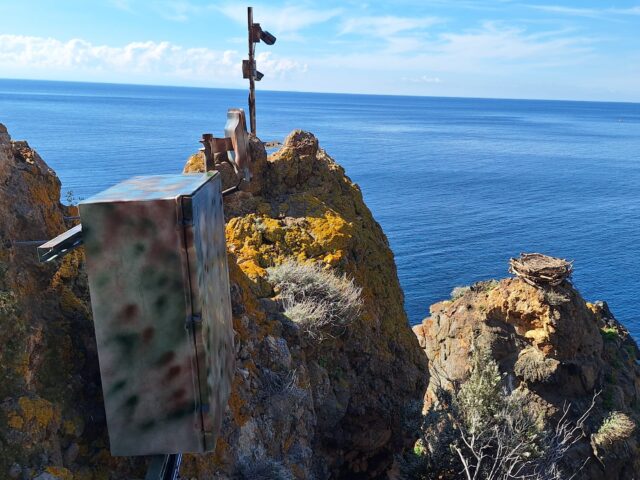
Main expected results
The project aims to produce significant results in both scientific and environmental awareness and management. Among the main scientific objectives are modeling the effects of climate change on the vegetation of Montecristo Island and some smaller islets, updating knowledge on marine biodiversity with a focus on invasive alien species (IAS), and genetic characterization of populations of Sardinian discoglosso, an endemic species of great conservation value. Another area of focus is on increasing knowledge about the archipelago’s ornithofauna, with a focus on collaboration with Capraia’s professional fishermen, who are actively involved in the collection of seabird bycatch data. Finally, the project aims to strengthen the link between local communities and natural heritage by improving public perception of biodiversity issues. To this end, training activities are planned for technical staff involved in park management and the installation of new in-kind video stations on the island of Capraia to encourage citizens and visitors to observe and learn about ecosystems.
Dissemination results
The activities can be replicated in the waters of the various islands of the Tuscan Archipelago and be useful for the Authority’s planning at the level of the Park Plan, Nature Network site management plans, and Park Regulations
